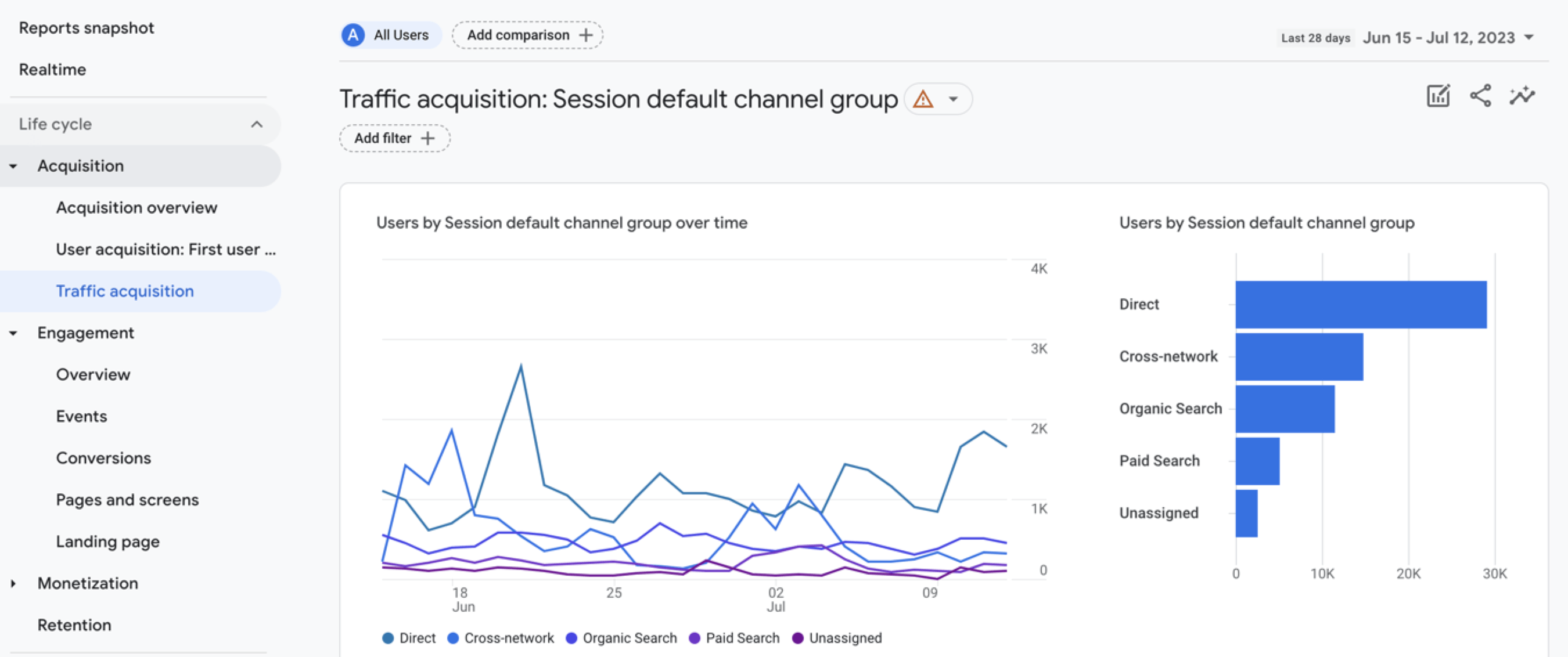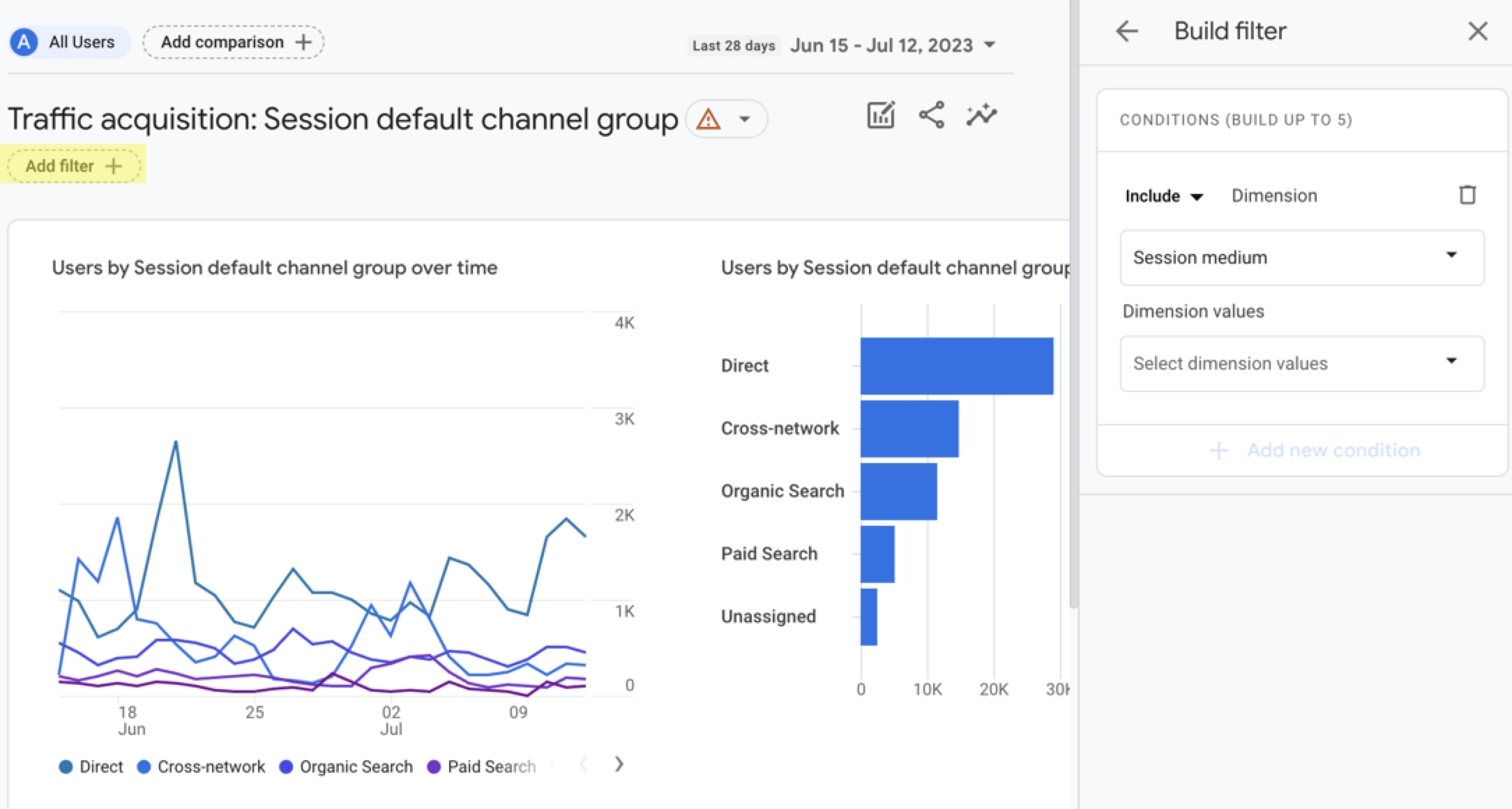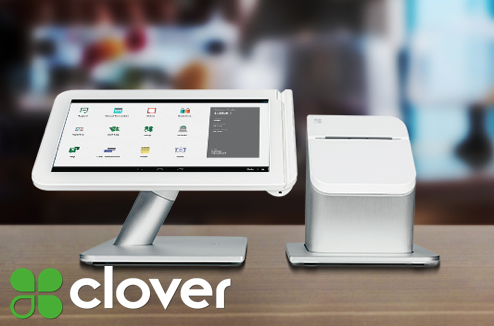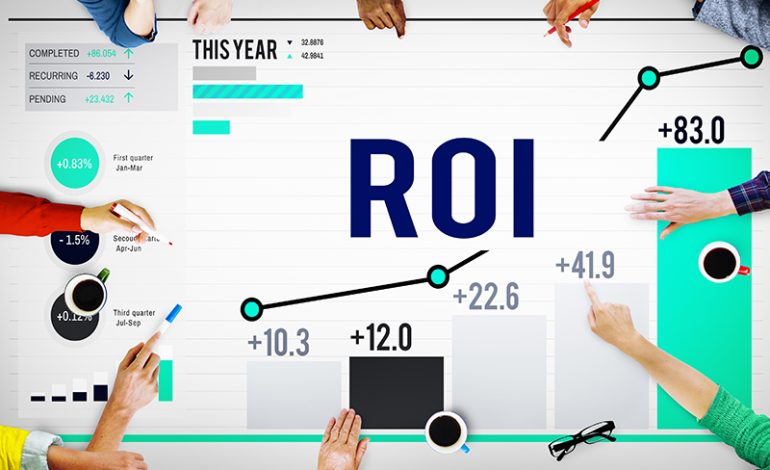You must be able to monitor and compute your social media ROI (Return on Investment) as a digital or social media marketer. It displays the cost of your social media campaigns in dollars, euros, or yen so you can focus more on the strategies that are effective and steer clear of the ones that aren’t.
As shoppable posts and social commerce become a reality, social media plays an increasingly important role in marketing strategies to increase ROI and brand exposure. This blog post will explain how to calculate your return on investment (ROI) and offer suggestions for enhancing it, allowing you to get most out of your social media efforts.
A social media ROI is a percentage that shows you how much money you make on social media marketing relative to what you spend on it. The more money you make from your expenditures, the higher your ROI.
The only method to determine whether your efforts are effective on social media is to measure ROI. To get the most out of your investment, having an accurate reporting system is essential, just as with any other marketing plan.
Here are the primary benefits of calculating social media ROI:
- Calculating reach: One of the biggest advantages of Internet marketing is the wealth of analytics available to businesses. Unlike traditional marketing, which relies on averages to determine reach, you know how many people you reach on social media and how many take steps towards learning about your business.
- Making decisions: You can determine which social platforms are the most successful for your business and which content resonates best with your audience. Then, you can focus on the platforms and content that drive the best possible results over time.
- Optimizing spending: When figuring out the cost of social media, you want to ensure you get the most return for your actions. Seeing what apps, content, and interactions get the most attention can help you cut costs while earning more money.
On top of that, having data and numbers can help you make clear decisions, especially if you need to work with those outside the marketing and social departments.
What are Some Metrics to Track for Social Media ROI?
Social media metrics and performance indicators are essential for calculating your ROI. Since it’s hard to nail down a dollar amount, you must consider other options.
One common mistake in social media marketing is focusing on metrics that don’t further business goals. These metrics (including followers and page likes) are often called “vanity metrics” because while they can be nice to show off, they’re not accurate indicators of whether you’re getting more customers.
Instead, you should gauge the ROI of your social media strategy with metrics that will help you reach your business goals. These metrics include reach, site traffic, and conversions.
1. Reach
Every major social media platform allows businesses to see how many users they reach with each post, making it one of the easiest metrics to track. Although viewing your posts doesn’t necessarily make someone interested in your business, measuring reach can be useful if one of your social media goals is to grow your brand awareness.
You can also use this metric to adjust your content strategy. You can analyze the reach of your posts to determine the best times to post on different platforms, the best formatting for posts, and the best types of content for your audience.
For example, if you notice that Facebook posts made in the afternoon only reach a few hundred users, while ones in the evening reach a thousand, you should alter your posting schedule accordingly.
2. Site traffic
Beyond the built-in analytics for each social platform, you should also use analytics programs like Google Analytics to measure the impact of your social media marketing on your website. One of the most important metrics in these programs is the amount of site traffic each of your accounts generates.
If you’re using GA4, you can check by navigating to Reports > Acquisition > Traffic acquisitions:

From there, you can add filters to outline traffic from different social sites:

This information will help you understand which social platforms drive the most traffic and which site content is most interesting to your followers. Suppose you notice that your infographics, for example, have a much longer session duration than your written content. In that case, you can safely assume that sharing links to visual content is more effective for engaging your audience.
3. Conversions
In addition to attracting new visitors, you also need to know what they do once they arrive at your site. This is where conversion tracking becomes extremely useful.
If you already have events and social sites in GA4, you can navigate to Reports > Acquisition > Traffic Acquisitions. Then, you can sort by network, see who converted from each network, and check how many total conversions you earned. This will be under the “Paid social” report.
That said, many marketers make the mistake of trying to drive sales directly from social media, which is often ineffective. If a visitor is arriving via social media, it may be their first interaction with your site. And in that case, they probably won’t be ready to purchase immediately.
Read Also: How do You Measure ROI for Offline Advertising?
Instead, focus on other conversions like email newsletter signups and contact form submissions. Although these goals don’t lead to immediate revenue, they signal interest in your business and could lead to revenue down the road.
How to Calculate Social Media ROI
Now that we understand what social media ROI is, let’s learn how to calculate it with these three steps:
- Determine how much you spend
- Outline your social media goals
- Calculate your ROI
Let’s look at each one below!
1. Determine how much you spend
Before you can calculate your social media marketing ROI, you must determine what you spend on your campaigns. Your investment is essential for finding out how much you earn in comparison.
When tallying up how much you spend, you should account for:
- Any tools or platforms that you pay for
- Your budget allocated for social media ads
- Content creation (in-house or through an agency)
- Ongoing costs for your social media team
- Any help from agencies or consultants
2. Outline your social media goals
You can’t track your ROI if you don’t know what you’re looking for. Setting specific social media goals can help you nail down numbers and determine your ROI.
Many businesses use social media for the following:
- Purchases (in the app or on a website)
- Downloading content
- Calls
- Email list sign-ups
- Contact form submissions
- Appointments booked
How does your business measure success? What is the first step in your sales funnel that social media can help with? These questions can help you outline what goals might be best to track.
Once you outline your goals, you can track them in a tool like Google Analytics (GA4). This free tool lets you compile all your data in one place for easy reference.
3. Calculate your ROI
Once you have an investment and a dollar amount of earnings, you can calculate your social media marketing ROI. The formula to do so is:
- Social media ROI = (Earnings – Costs) x 100 / Costs
So, let’s say you invest $1000 into an Instagram campaign and earn $5000 in purchases. Your formula would be as follows:
- Social media ROI = (5000 – 1000) x 100 / 1000
Your ROI would be 400%!
7 Best Social Media ROI Tools
Now that you know the theory behind measuring social ROI, here are some tools to make the process easier.
1. Hootsuite Social Advertising
Hootsuite Social Advertising is a cross-platform dashboard for managing paid and organic campaigns. It allows you to analyze the ROI of ads and organic content in one place.
When you can review your entire social strategy in one place, you can look at the big picture. These insights help you maximize your resources to improve social ROI.
2. Google Analytics
This free analytics tool from Google is a must-have. It helps you track website traffic, conversions, and signups from social media campaigns. Google Analytics enables you to go beyond reach and engagement. You can even track the value of your social campaigns over time via conversion funnels.
Google Analytics allows digital marketers to access campaign data without relying on cookies.
3. UTM parameters
UTM parameters are short text codes within URLs. They enable marketers to attribute and track website visitors from traffic sources like social media.
UTM parameters feed information to analytics tools like Google Analytics, Adobe Analytics, and Hotjar. From there, they can help you measure social media success. UTMs allow you to review performance from a high level or get into granular details.
You can manually add UTM parameters to your link or use link settings in Hootsuite.
4. Tracking pixels & conversions APIs
If you’re running social media ad campaigns, tracking pixels are essential for measuring the return on your ad spend. Pixels allow you to track visitors that come from social ads and their actions (such as purchases). They also enable you to retarget and optimize your ad targeting.
These days, tracking pixels are less effective, thanks to iOS14.5 and ongoing changes with first- and third-party cookies. Platforms like Facebook are trying to get around this, though. They’ve introduced a Conversions API to collect information directly from your servers.
5. Hootsuite Advanced Analytics
Hootsuite Advanced Analytics is our most powerful analytics solution yet. It measures social media marketing ROI across paid, owned, and earned social channels. Advanced Analytics connects to your existing performance measurement systems. That means integrating social data with the rest of your business metrics is way easier.
Plus, its makes producing reports easy and delivers plain-language recommendations help you optimize your social strategy and improve social ROI.
6. Social media ROI calculator
We’ve built this free calculator to help you calculate your social media ROI. You’ll need to know several inputs, such as website visits, website conversion rate, your sales team’s close rate, customer lifetime value, and costs.
The calculator will give you a public link to share your social media ROI with colleagues and stakeholders.
7. Hootsuite Social Listening
Social listening helps you tap into what people are saying about your brand, competitors, and industry. You can use it to discover trends, find collaboration opportunities, and dig into customer needs.
Hootsuite has social listening built-in to all plans. It also integrates with listening tools like Brandwatch, Talkwalker, Digimind, Meltwater, ReviewTrackers, and Google My Business.
How to Increase ROI in Social Media Marketing?
Even while social media marketing is becoming more and more popular, there are significantly fewer tools available to assist you in determining how best to use them.
Here are some concrete actions you can do now to increase the return on investment from your social media marketing.
1. Make sharing third party content a key part of your strategy
One mistake many small business owners make is that they focus exclusively on self-promotion. The key part of the term “social media” is the word “social”. It might seem counterintuitive, but focusing on immediate conversions and sale will NOT get you a great ROI on social media.
Followers will quickly get bored and turned off by a self-centered newsfeed. The first step to keeping them engaged is to be sociable. That means sharing other people’s content in addition to your own. One general guideline followed by many social media marketing experts is the 80/20 rule. Share 20% of your own promotional content and 80% of third-party content that interests your target audience.
Not only will content curation help you build a loyal network of followers, but it will also help you connect with leaders in your industry. You never know, they might even return the favor and re-share something of yours, or at least mention you in a response.
Pro tip: make sure you always tag/mention the author of the article and any businesses mentioned in the content you share. This encourages them to join the conversation.
2. Use a social media scheduling tool
Scheduling your content allows you to do two very important things:
- Organise your content in advance, instead of posting last minute.
- Reach your target audience at optimal times.
With so much content out there, social media feeds move ridiculously fast. You want to make sure your social media posts are only going out when your target demographic is most likely to be active. When scheduling content, the trick is to work in batches. Write a whole week’s worth of posts and then “set it and forget it” using a tool like Hootsuite or Buffer.
These tools not only post to your social media accounts for you, they will also tell you the optimal times to publish your content, give you in-depth analytics, and a host of other nifty tools such as a content calendar.
3. Boost your content with social media ads
Is a post doing really well? Maybe you’ve got a really important article you’d like thousands of people to see? Consider boosting your content with social media ads. Facebook, Twitter, and Instagram make it really easy to get your content at the top of people’s news feed with just a few dollars.
The great thing about social media advertising is that it helps you target very specific audiences and demographics.
Before you set up your ad, make sure you think carefully about who it is you want to see your content. The more specific you can be, the easier you make it for Facebook and Twitter to place your content correctly.
An even cooler Facebook ads feature is that it lets you retarget audiences that have already shown interest.Once you’ve generated traffic from your boosted content, a great extra step is to retarget that traffic with a special offer. A little promotional feature will help convert that new traffic into loyal repeat customers.
4. Use video content to get more engagement
Video content is extremely popular on social media right now. According to an article in Forbes, video posts are generating three times more monthly visitors to a website than text-only posts.
Video content doesn’t have to be super technical and costly to produce. For example, you can record an interview or a “behind-the-scenes” using your phone. The most important thing is that the content is highly relevant and interesting to your audience.
If this wasn’t enough, Facebook now makes it easier than ever to add video content with Facebook Live and Instagram stories. Whether you use a platform’s live video options or pre-record a 30-second clip, consider including a special promotional offer at the end of the video to increase your traffic even more.
5. Use branded links for third party content
People may be really interested in the content you share, but if you send all traffic to third parties, how do you benefit? Well, there’s ways.
A number of tools have come up recently allowing you to add your own brand in an overlay over third party content you’ve shared. You do that by using one of these tools as a URL shortener and showing your brand in a small overlay on screen once the user clicks the link.
While there might be different opinions on how fair that is for the original content owners, one might argue if you’ve taken the effort to share someone else’s content, you might also get something for yourself in the process – you know, a win-win situation.
After all, the original content owner gets more links from you and traffic, you just get a little bit extra visibility by showing your brand with their content (you’re not taking over their site branding, just adding a tiny mention of yourself and a CTA button in an overlay at the bottom of the screen).
To mention a few, we have Snipe.ly, Replug, Back.ly, Rite.ly, Sharey. They’re all quite similar, all worth a look.
The latest addition to the bunch above, is a tool like PixelME which takes a different approach: once you share a link using their shortener you can track anyone who clicks on your links – whether your own content or third-party links or not – and retarget them with tailored ads across social media.
You can run retargeting ads on Facebook, Twitter, LinkedIn, and Google to anyone who clicks on one of your links.
Finally
Making a small effort in the planning, promotion, and curation of your content is necessary to increase the return on investment from your social media marketing. This does not, nevertheless, imply that you must invest a great deal of time in completely reworking your social media marketing plan. This article’s advice can assist you in reaching your social media objective.


